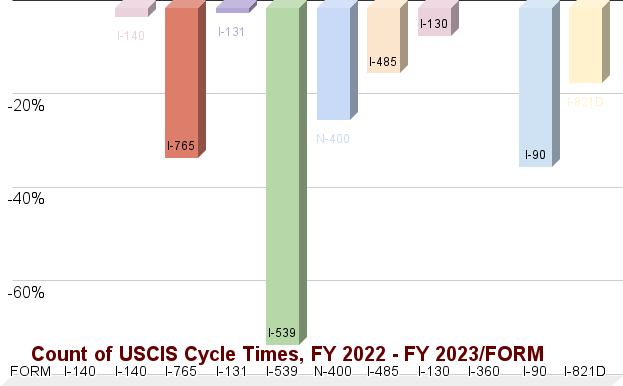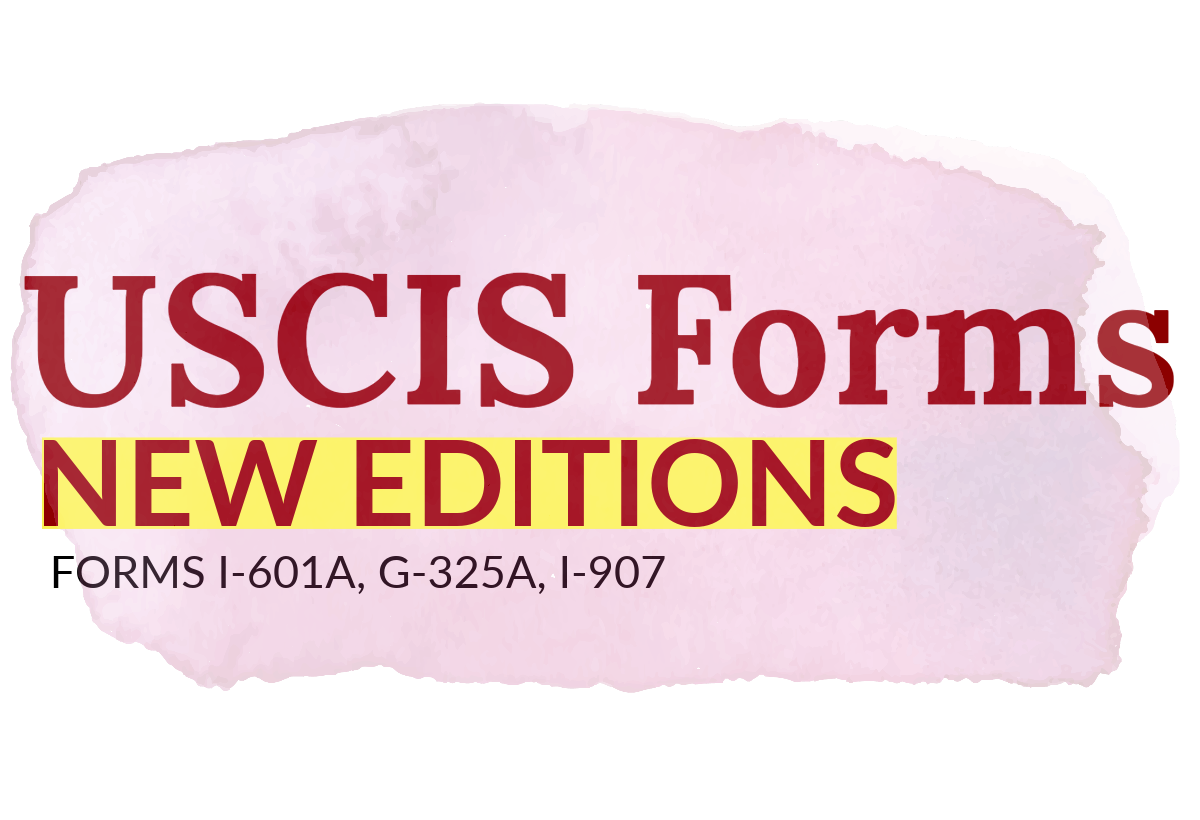Supreme Court Temporarily Blocks Texas Immigration Law
Republican Gov. Greg Abbott signed the measure, Senate Bill 4, into law in December 2023, granting local law enforcement the power to arrest migrants and judges the ability to issue orders to remove them to Mexico. This was just after US Customs and Border Protection announced it would be temporarily suspending operations at the international railway crossing bridges in Eagle Pass and El Paso, Texas, due to a surge in border crossings by migrants. Texas law, S.B. 4, is an unprecedented measure for a State to enforce immigration law and even have the ability to remove noncitizens from the country. Immediately the legal community questioned whether Texas had the authority to enforce federal immigration law or to remove noncitizens from the country. The Supreme Court of the United States will be answering that question shortly as they have. While we wait to hear what the Supreme Court has to say Texas will be blocked from implementing the new law according to the decision Justice Samuel Alito made on Monday, March 4, 2024. The law was delayed from taking effect for seven days by the Fifth Circuit Court of Appeals in order to give the Biden administration time to appeal the matter to the Supreme Court, which they did. Now Justice Alito has delayed the implementation of the law until March 13, 2024, though the Supreme Court can extend that if they need additional time. In 2012 the Supreme Court struck down a measure that was passed by Arizona that did not go nearly as far as Texas’ S.B. 4. In Arizona v. U.S., the court’s 5-3 ruling upheld the authority of the federal government to set immigration policy and laws. The Supreme Court has a very different makeup now than it did in 2012, so it is entirely possible they will come to a different conclusion in this case. If they did allow the Texas law to stand it would change the the landscape of border security and enforcement of immigration law in the southern border states. There are very serious concerns about how Texas’ law could lead to racial profiling or instigate racial tensions in the State. Some advocates have said that the law would put Hispanics in danger and make them a target for unlawful stops and harassment by law enforcement as well as by anti-immigrant civilians. Earlier this year in Department of Homeland Security v. Texas the Court took up the issue of whether the Supreme Court should block an order by the U.S. Court of Appeals for the 5th Circuit that generally bars federal Border Patrol agents from cutting or moving razor wire installed by Texas along a portion of the U.S.-Mexico border. In that case the Supreme Court granted a request from the Biden administration to allow federal Border Patrol agents to cut or move razor wire installed by Texas along a portion of the U.S.-Mexico border. We should be hearing from SCOTUS on this matter prior to the expiration of SCOTUS’ current injunction on March 13, 2024.





